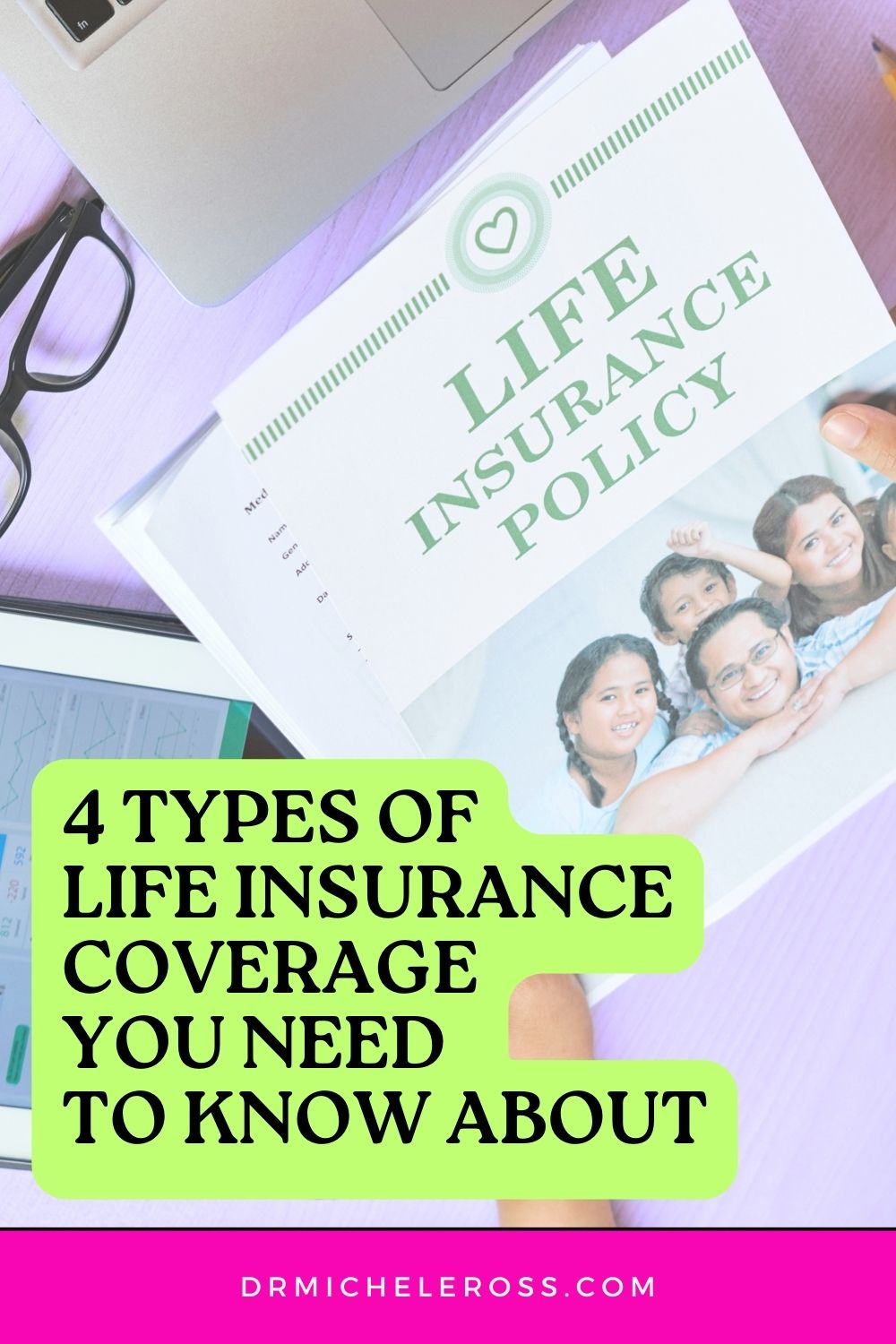
Are you, like many others, considering life insurance policies but feeling uncertain about which type is the right fit for you? It’s a common dilemma. In fact, nearly half of Americans have a life insurance policy, yet 30% of the uninsured acknowledge the need for one but haven’t found the time to secure it yet.
There’s a wide array of life insurance policies available, each with its own set of benefits and riders, and varying price points. By setting a budget and understanding the level of coverage you need (such as covering a loss of income for your family based on your earnings as a minimum), you can navigate this landscape and find the best value policy for you. Even if you opt for a low payout amount and the most basic policy, you can still get the coverage you need.
This post will examine some of the different types of life insurance you can purchase.
Whole Life Coverage
Whole life coverage is as it sounds and covers you for the rest of your life up to a maximum age. You pay monthly installments for this type of policy until the end date specified, and as long as you keep up with payments, you will be covered. Whole life coverage, however, can be the more expensive option and it can eat into your budget if you prefer to opt for this type of coverage. Plus, payments can increase over the years, so be prepared for this.
Term Life
Term life coverage is, as it says, a type of life insurance you pay for a set number of years. This could be 10 years, 20, or longer. Typically, this is a cheaper alternative to whole-life coverage, and payments will remain relatively stable, meaning you won’t experience a drastic rise in the cost of the policy over its life. This can be a good idea for those on a lower budget or who only want coverage for a specific period, i.e., the duration of the mortgage.
No-Exam Coverage
No-exam coverage means that anyone can take out this policy without a medical exam to determine your current health status and condition. This type of coverage is designed to be more accessible, especially for people with multiple health conditions or those who have been refused other forms of life insurance. However, you will pay more for this type of cover as the insurance company is automatically assuming a higher level of risk. You can get simplified no-exam coverage, or you can get whole life no-exam coverage if you’re aged 50 to 80.
Burial Coverage
Burial coverage is a smaller whole life policy that doesn’t require a health exam. It is specifically designed to cover end-of-life costs, such as funeral costs, medical bills, burial, etc. It typically pays out a maximum of $5,000 to $20,000. This can be ideal for those who just want to help loved ones cover the cost of the funeral and medical bills so they’re not left with huge payments in the event of their passing.
Next Steps
Choosing a life insurance policy can be a challenging and emotional task. Being educated on your options including the different types of life insurance policies available makes the process easier. Good luck in choosing the best life insurance policies for you and your family.
Pin This Post





